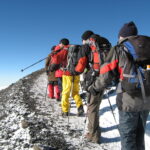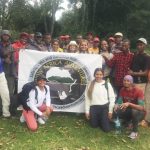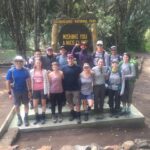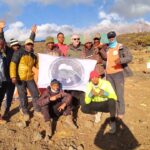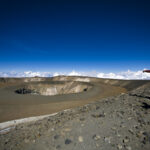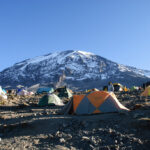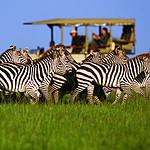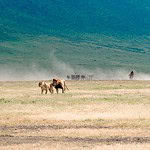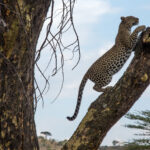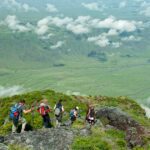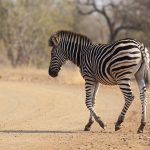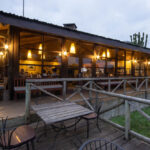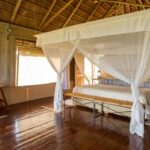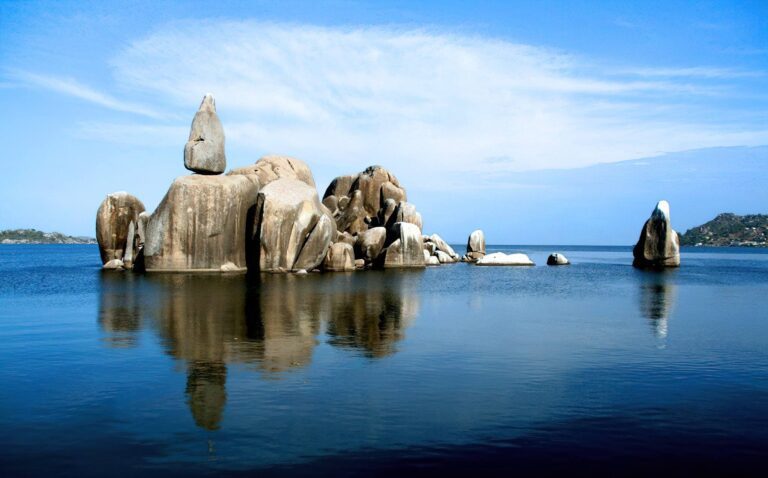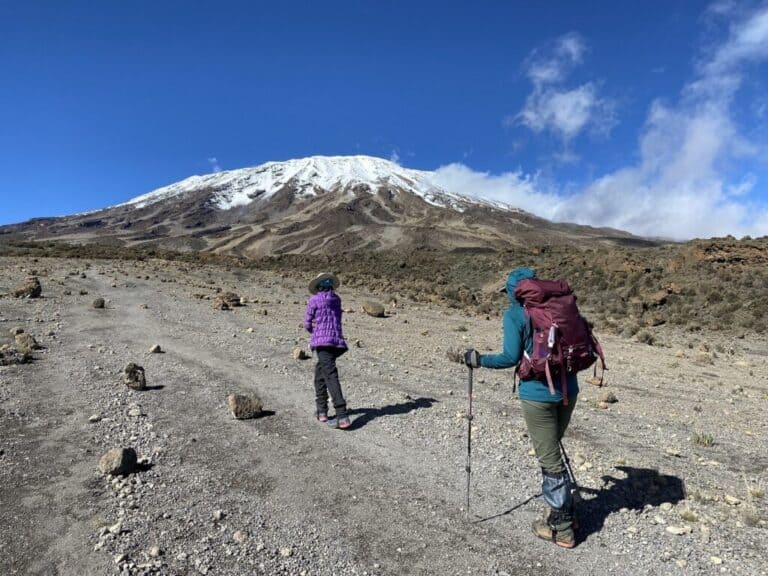Table of Contents
The Ultimate 2025 Mount Kilimanjaro Packing List: Essential Gear for a Successful Climb
Mount Kilimanjaro Packing List 2025
is an essential resource for anyone planning to conquer the “Roof of Africa.” The climb of Mount Kilimanjaro, renowned for its breathtaking landscapes and challenging trails, requires meticulous preparation. While physical fitness is important, having the right gear is even more vital. Not only does the weather on Mount Kilimanjaro remain unpredictable throughout the year, but its varied climate zones and high altitude demand strong, efficient, and season-specific equipment.
Packing the essentials from this Mount Kilimanjaro Packing List 2025 will make the difference between a comfortable, safe climb and a challenging one. This detailed guide includes all the must-haves, ranging from clothing to gear and accessories, personal care items, food, and documentation, tailored to the unique needs of Kilimanjaro in 2025.
- Clothing
With Mount Kilimanjaro containing five ecological zones-from tropical rainforest to arctic summit-laying correctly for changing temperatures and conditions is important. Suggested clothes to be taken fall into three categories: base layers, insulating layers, and outer layers.
Base Layers
A good base layer does the job of regulating body temperature and wicking moisture away from the skin. Kilimanjaro is at a high altitude and thus requires much warmth and comfort; breathable, moisture-wicking materials are best, such as merino wool or synthetic fibers.
- Tips: 2-3 thermal shirts, with a preference for those that are long-sleeved to hold heat well and still ventilate.
- Bottoms: 2 pairs of thermal leggings provide a lightweight, flexible layer underneath the hiking pants or other outer layers.
Insulating Layers
These layers are for cold nights and summit attempts. Employ warm yet lightweight materials such as fleece or down; these are light to carry and offer superb insulation.
- Fleece Jacket: Use a mid-weight fleece jacket as an inner layer for added insulation.
- Down Jacket: Lightweight, insulated, and packable. These are very effective for summit night, when temperatures often drop well below freezing.
Outer Layers
Outer layers protect against wind, rain, and snow – an essential on Kilimanjaro’s open trails. Look out for features such as ventilation zippers, adjustable hoods, and cuff.
Outerwear | Purpose |
Waterproof Jacket | Resistance to rain and wind |
Waterproof Trousers | Protect against rain and cold |
Climbing Boots & Footwear
Footwear is amongst the most important considerations of your Kilimanjaro packing list. A pair of high-quality, comfortable hiking boots with ankle support, waterproofing, and grippy soles will make a big difference in comfort. These should be broken in ahead of time to avoid blisters during the climb.
Hiking Boots: Waterproof, breathable, well-fitting to avoid blisters and keep feet warm.
Ankle-high gaiters: These are useful to keep out mud, rocks, and snow, which is common on Kilimanjaro’s uneven and varied terrain.
Additional Clothing Items
- Moisture-Wicking T-Shirts: Quick-drying shirts for low altitudes, 3-4.
- Trekking Pants: Lightweight, convertible hiking pants, good for both hot and cold weather
- Gloves: Thermal, waterproof gloves for high altitudes; thinner liner gloves for milder weather
- Socks: Wool or synthetic hiking socks will go a long way in keeping your feet warm and blister-free.
- Climbing Gear
Good equipment means a safer and more enjoyable climb on Kilimanjaro. The following items listed below shall keep you organized, prepared, and ready for varying conditions throughout the trek.
- Daypack (30-40L): An agile daypack fitted with a hip belt is necessary for carrying water, snacks, extra layers, and sun protection. Look for a model with padded shoulder straps and multiple compartments.
- Trekking Poles: Such poles are great for decreasing pressure on knees during long hikes and help with balance whenever the incline goes up steeply. It comes pretty handy during the descent.
- Hydration System: It is very important to drink enough water at high altitude. A hydration bladder with hose or water bottles of 2-3-liter capacity would be enough to easily access the fluids.
- Sleeping Bag: It is highly recommended to take a sleeping bag rated for at least -10°C or lower. Most companies on Kilimanjaro have rentals available, but if you bring your own, it should be a high-quality, lightweight, down-filled bag.
Other Gear Necessities
- Waterproof Stuff Sacks: Essential for keeping gear dry and organized, especially in rain
- Thermal Blanket: An emergency thermal blanket is lightweight and adds warmth in extremes.
- Foam or Inflatable Sleeping Pad: This provides insulation and comfort while sleeping on the rough ground.
- Accessories
Accessories offer comfort and protection that becomes essential in a high-altitude climb where the sun and fluctuating temperatures are extreme.
- Headlamp: A headlamp is priceless for summit climbs before the sun rises and moving around camp in the dark. If spending time in the dark, invest in a good, adjustable-beam headlamp and bring extra batteries
- Sunglasses: The UV exposure can be extreme at high altitude so bring sunglasses with protection against UV, preferably glacier glasses with side shields.
- Sun Hat and Beanie: Save yourself from the sun-a wide-brimmed hat for the lower altitudes. For the high altitude trek, it is of prime importance to have a beanie or thermal hat.
- Neck Gaiter or Balaclava: Wind and cold protection on summit day and protection against sunburn on the neck and face.
Toiletries and Personal Care
- Biodegradable Wet Wipes: Wet wipes are extremely important in the maintenance of personal hygiene on expeditions where showering may not be possible or convenient. Ensure they are biodegradable to eliminate the least amount of negative environmental impact.
- Sunscreen: SPF 50+, to prevent burns associated with high-altitude UV exposure.
- Lip Balm with SPF: Lips are very sensitive to exposure both from the sun and wind; therefore, SPF lip balm is important.
- Toothbrush & Toothpaste: Compact travel toothbrush and toothpaste.
- Hand Sanitizer: Keeps hands clean when soap and water are not available.
- Food and Hydration Essentials
Although most tours in Kilimanjaro offer meals, additional snacks and hydration support can provide a big boost in maintaining energy and morale.
- Energy Bars and Snacks: Pack energy-dense snacks like protein bars, nuts, dried fruits, and chocolate. These are for quick energy when on breaks.
- Electrolyte Tablets or Powder: With the gain in altitude and the increased exertion, you will have a greater need for electrolytes. Putting some in your water with tablets is a good idea to keep you better hydrated.
- Water Purification Tablets or Filter: While nearly all trekking organizations provide treated water, purification tablets or a light-weight filter are a good idea for emergencies.
- Electronics and Documentation
Considering how far from civilization Kilimanjaro is, there are specific electronics you would want to bring and documents that are necessary for the journey to capture, stay in contact, and be safe on your trip. You could bring the following:
- Power Bank: A power bank with at least a 10,000 m Ah capacity is quite an essential component since outlets are not found up on the mountain. With this, you can charge your phone, camera, and some other small devices.
- Camera and Batteries: For shooting the unforgettable scenery. Dispose extra batteries because in cold weather, it drains faster.
- Passport and Visa Copy: Carry photocopies of your passport and visa and other required permits. Keep a digital backup on your phone also.
- Travel Insurance Information: Ensure you have detailed records of your travel insurance-medical evacuation coverage.
Optional Electronics
- GPS Device or App Aside from these well-marked trails, it’s always safe to bring along either a GPS device or app
- Portable Solar Charger:Useful in keeping all your electronics charged, especially when you are on a longer route.
- Health and Safety Items
Some medications and health supplies will make you feel your best on Kilimanjaro. Pay attention to altitude sickness, which can be an issue on Kilimanjaro. Below is a list of recommended altitude sickness medication and health supplies that you should take on your climb.
- Altitude Sickness Medication: Preventative medication for altitude sickness – Examples include Acetazolamide
- Pain Relievers and Anti-Inflammatory Medication: Important in case of muscle aches or minor headaches.
- First Aid Kit: A small, personal first-aid kit containing bandages, blister pads, antiseptic cream, and tweezers.
- Prescription Medications: Enough of any prescription medication for the length of the trek plus a few days.
- Personal Hygiene Kit: Small toilet paper roll, hand sanitizer and small trowel for bathroom needs when in the woods.
Closing
Mount Kilimanjaro Packing List 2025 is your ultimate guide to ensuring a successful climb to the Roof of Africa. Proper preparation, starting with the right Mount Kilimanjaro Packing List 2025, can mean the difference between summiting and turning back. From essential gear to personal care items, each part of the Mount Kilimanjaro Packing List 2025 has been carefully tailored for climbers braving Kilimanjaro’s varied climate zones.
The Mount Kilimanjaro Packing List 2025 includes everything from clothing that regulates body temperature to hydration systems that ensure climbers stay refreshed. With a detailed Mount Kilimanjaro Packing List 2025 in hand, climbers will feel confident knowing they are equipped to handle any challenge the mountain presents. Each item in the Mount Kilimanjaro Packing List 2025 plays a critical role in safety, comfort, and summit success.
Whether you are a seasoned climber or a first-time adventurer, relying on the Mount Kilimanjaro Packing List 2025 ensures that you have all the essentials for a memorable journey. By sticking to this comprehensive Mount Kilimanjaro Packing List 2025, you’ll tackle Kilimanjaro’s landscapes with confidence and excitement, making your 2025 climb a truly extraordinary experience.

